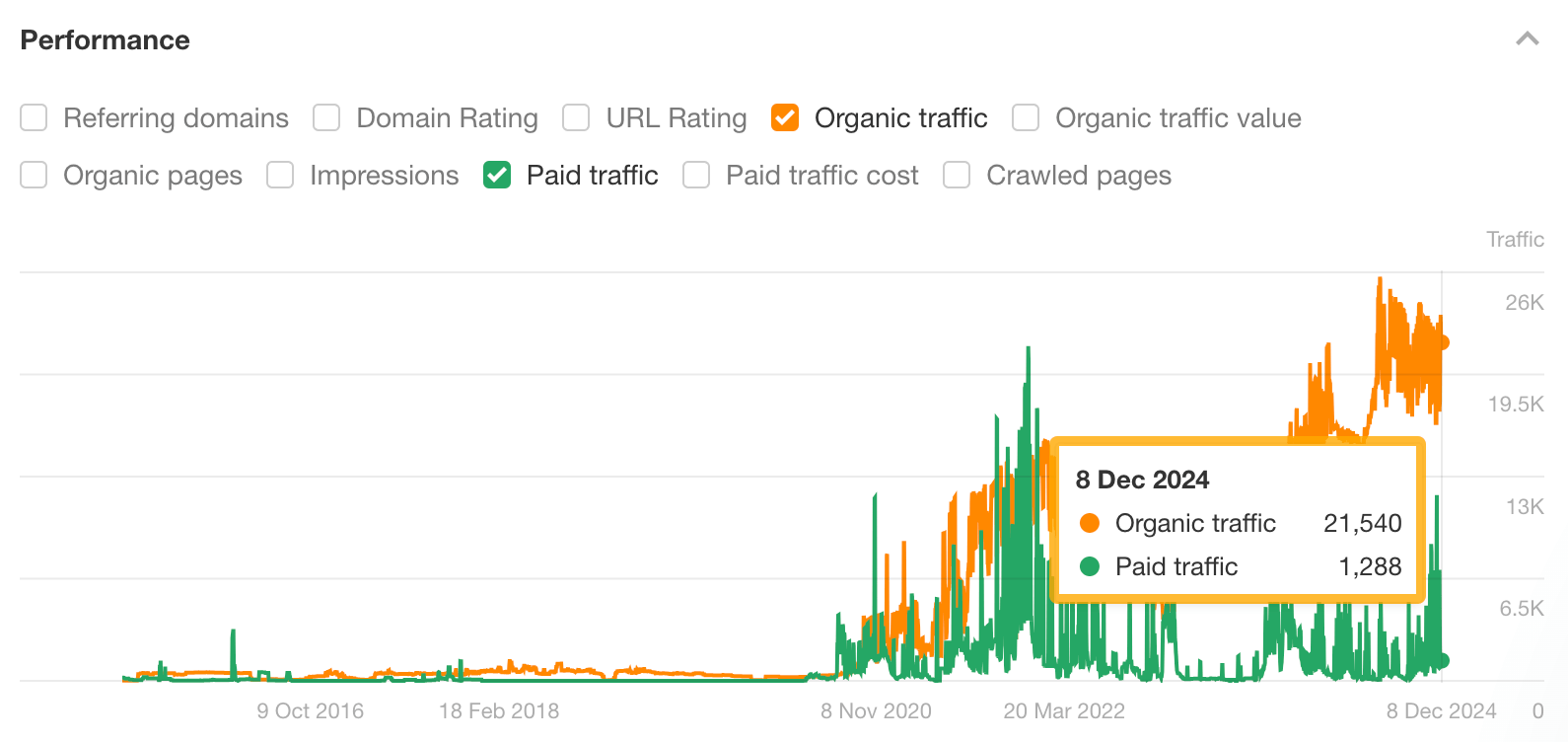
On December 21, Congress finally passed a much-needed $900 billion COVID relief package. The bill, which was combined with a $1.4 trillion spending bill to fund the government through next September, included several priorities for the apartment industry. Most importantly, the package will provide $25 billion for rental assistance, which NAA and NMHC have advocated tirelessly in support of for nearly 10 months.
In addition to the general financial support the measure provides to Americans through additional stimulus checks and an extension of enhanced unemployment benefits, the measure also includes important tax victories for apartment firms and $284 billion for a new round of forgivable Paycheck Protection Program (PPP) loans. The primary multifamily-specific provisions are detailed below. (NAA/NMHC also summarized the tax provisions in the bill and the multifamily-related provisions in the government funding bill.)
Rental Assistance
The measure allocates $25 billion to the Treasury Department to create a new Emergency Rental Assistance program. NAA and NMHC’s top priority in 2020 has been securing dedicated funding for rental assistance. We are pleased that Congress elected to fund this program through the Treasury Department as we believe that will be the fastest and most efficient way to get funds to renters. Many states and localities have already established their own rental assistance programs using prior CARES Act funding, and this model will replenish those programs (with some modifications) instead of trying to create a new federal program from scratch.
Under the terms of the legislation, the Treasury Department will distribute the funds to the states, with no state receiving less than $200 million. Cities with populations over 200,000 can request to receive their allocation directly.
Jurisdictions are required to use no less than 90 percent of the funds for rental payments and are encouraged to prioritize rental and utility arrears. Eligible households may receive up to 12 months of assistance, plus an additional three months if necessary, to ensure housing stability. Assistance can only be allowed in three-month increments, after which point an eligible household must re-apply for funds.
Funds are to be paid directly to the property owner on behalf of the renter and also allow for a property owner to apply for rental assistance on behalf of the resident. If a property owner does not wish to participate, funds may be paid directly to the renter for subsequent payment to the property.
Jurisdictions are directed to prioritize households that are currently unemployed and have been unemployed for 90 days as well as households earning 50 percent of area median income (AMI) and below. Importantly, the measure bases qualifying income on the income the household is receiving at the time of application for assistance and not their prior income. Despite this preference, jurisdictions do have some flexibility to serve those with incomes up to 80 percent of AMI and can establish additional criteria.
Beyond these guardrails set by Congress, states and localities will have flexibility in how the funds are ultimately distributed. NMHC and other stakeholders have encouraged jurisdictions to look toward successful models that get the funding to the property level quickly, such as the Mississippi State RA program.
Congress also extended the ability of states to use previously allocated CARES Act resources to fund rental relief programs. Without that action, states faced a December 31 deadline to fully allocate their funding, and many states found themselves with meaningful surpluses of funds that have yet to be distributed, in part because of the overly narrow targeting of those programs
NMHC will track successful programs, but given the scope of the numerous state and local programs, members are encouraged to reach out to their state and local housing officials to learn the details of the programs where they operate.
Coronavirus Relief Fund (CRF) Funding Extension
Extends for one year (until December 21, 2021) the availability of funds provided to states and localities by the Coronavirus Relief Fund in the CARES Act. The CRF through the CARES Act provided $150 billion for states to use for a variety of needs and provided jurisdictions flexibility to use a portion of allocated funds to set up rental assistance programs. Without this action, the authorization to commit those funds was set to expire on December 31, 2020. NAA and NMHC urged Congress to extend the current-year end deadline for state and local governments to use CRF funding.
Additional Financial Assistance for Renters
While a dedicated rental assistance program was NAA and NMHC’s top priority, we recognize that all sources of financial support for unemployed citizens will help renters cover their household budgets. To that end, we advocated for additional direct assistance and were pleased to see that the legislation included the following:
- $300 federal unemployment assistance through March 14, 2021.
- An extension of the federal unemployment program that supports gig workers through April 5, 2021.
- Direct payments (stimulus checks) of $600 for individuals earning up to $75,000 per year and married couples earning up to $150,000 per year. Each child dependent is additionally eligible for $600
Eviction Moratorium Extended
The legislation extends the current CDC eviction moratorium until January 31, 2021. The mechanics of the moratorium remain unchanged and continue to require that residents submit a signed declaration of COVID-related hardship to qualify for the protection. NAA has provided guidance on the moratorium.
We continue to educate policymakers that eviction moratoriums do nothing to address renters’ financial issues and actually exacerbate them.
Paycheck Protection Program & Small Business Support
The relief bill provides $284.5 billion in additional funding to allow the hardest-hit small businesses to receive either an initial or a second forgivable PPP loan of up to $2 million. Businesses eligible for a second-draw loan must have 300 or fewer employees and have sustained a 25 percent revenue loss in any quarter of 2020. In addition, forgivable expenses are expanded to include supplier costs and investments in facility modifications and personal protective equipment to operate safely.
For firms that have previously received PPP loans, the bill clarifies that business expenses paid for with the proceeds of forgiven PPP loans are tax deductible, consistent with Congressional intent. The loan forgiveness process is simplified for borrowers with PPP loans of $150,000 or less.
Liability Protections
NAA and NMHC have called for targeted and limited liability protections related to COVID as apartment firms have raised concerns that despite doing their best to follow applicable guidelines, they could be forced to defend against an onslaught of frivolous lawsuits which will drive up operating costs at a time of great financial stress in the multifamily industry. Unfortunately, despite concessions from both sides, lawmakers could not reach agreement on providing COVID-19 liability protections for businesses that follow public health guidance in operations.
Congressional Leaders have agreed to debate this and other contentious COVID relief efforts, like additional state and local government financial assistance, in early 2021.
NAA and NMHC will continue to advocate in 2021 for additional relief for renters and housing providers given the tremendous backlog of unpaid rent and the ongoing economic crisis.
Content Copyrights Belong to The Author. All Rights Reserved.
We're A Dallas Digital Marketing Agency That is Experts At Social Media Marketing, Website Design and Emarketing and Promotion.



